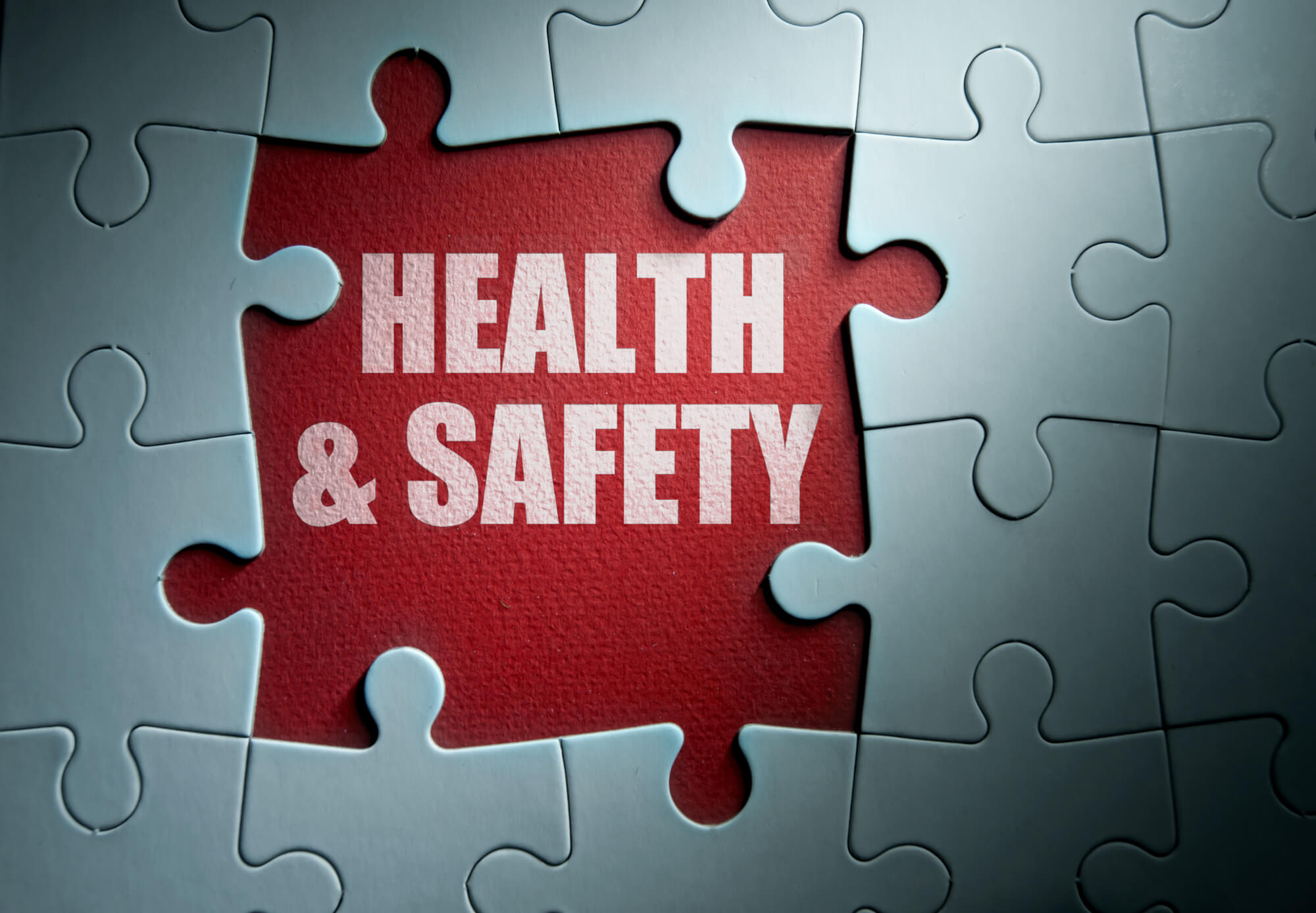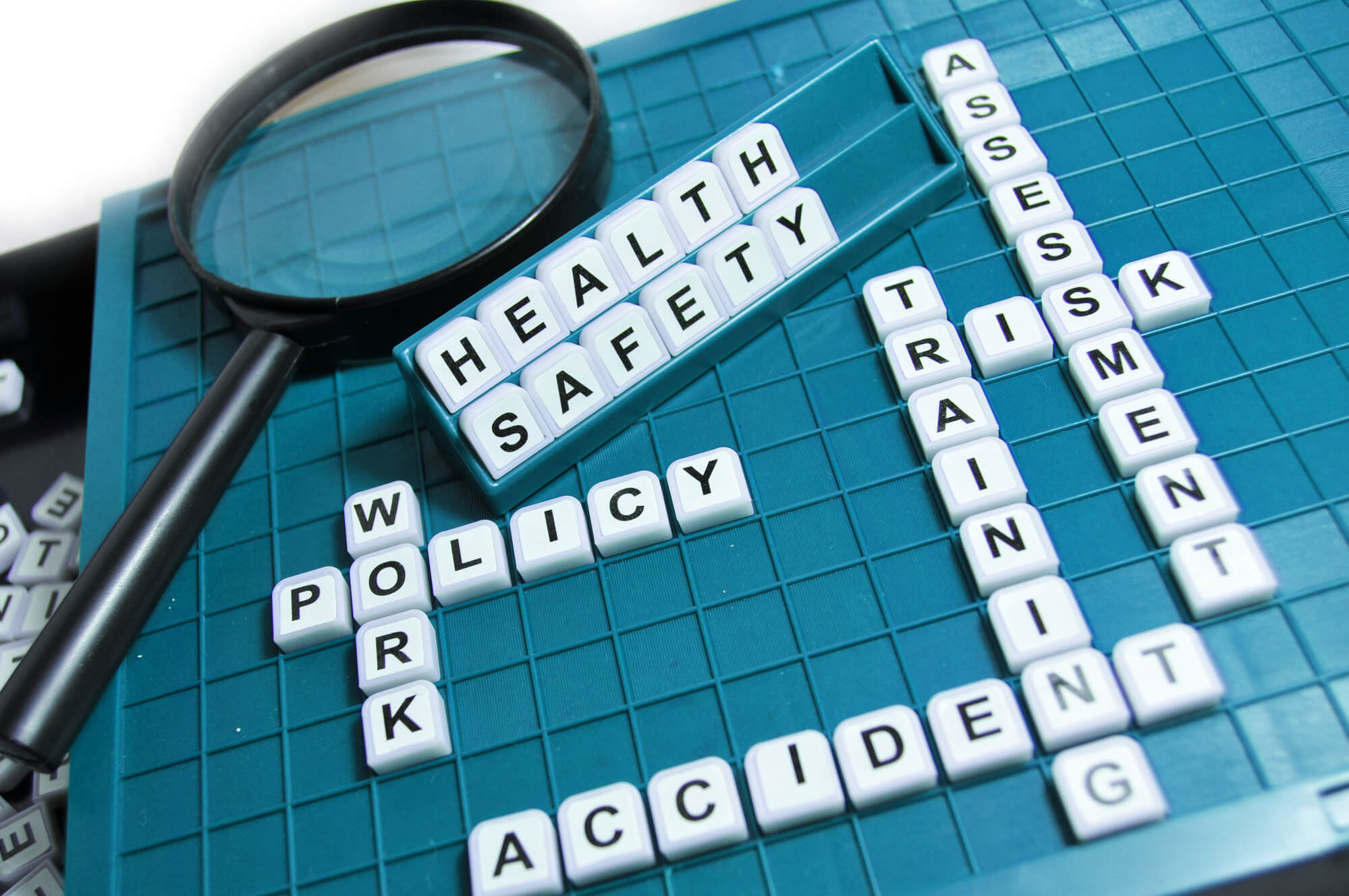Maintaining a safe and healthy work environment is a shared responsibility between employers and employees. In this article, we will delve into employees' essential health and safety responsibilities, emphasizing the importance of cooperation, awareness, and compliance with legal requirements. By understanding and fulfilling these duties, employees can actively contribute to a safer workplace for themselves and others.
Understanding Health and Safety Regulations
To fulfil their health and safety responsibilities effectively, employees need to understand the health and safety laws and regulations that apply in their own country and multiple jurisdictions. These regulations vary from country to country, but they all share the goal of protecting workers and creating a safe work environment.
In the United Kingdom, the Health and Safety at Work Act 1974 (HSWA) is the primary legislation governing health and safety. This comprehensive act places the responsibility on employers to ensure the health, safety, and welfare of their employees and others who may be affected by their work activities.
In the United States, the Occupational Safety and Health Administration (OSHA) sets and enforces standards to ensure the health and safety of workers. The Occupational Safety and Health Act (OSH Act) establishes the legal framework, outlining employers' and employees' rights and responsibilities in maintaining workplace safety.
Similarly, other countries have health and safety laws that employees must familiarize themselves with. For instance, Canada has the Canada Labour Code, which includes regulations specific to different industries and workplaces. Australia has the Work Health and Safety Act 2011, which outlines the obligations of employers and employees to protect the health and safety of all workers.
It is crucial for employees to be aware of the specific legal requirements and standards in their respective countries or regions. By understanding these regulations, employees can better navigate their responsibilities and contribute to a safe working environment. This knowledge enables them to actively identify hazards, report incidents, and ensure compliance with the applicable health and safety laws.
Employee Rights and Responsibilities
Employees have both rights and responsibilities when it comes to health and safety in the workplace. Understanding these rights and fulfilling their responsibilities is essential for maintaining a safe work environment.
Rights: Employees have the right to work in an environment where risks to their health and safety are minimized. They have the right to be provided with the necessary information, training, and supervision to carry out their work safely. Employees also have the right to raise concerns and participate in decision-making that affect their health and safety.
Responsibilities: With these rights come responsibilities. Employees have a duty to take care of their own health and safety and the safety of others who may be affected by their actions or omissions. This includes following established health and safety policies and procedures, using equipment and materials properly, and reporting any hazards or incidents they encounter.

Identifying Hazards and Reporting Incidents
Identifying hazards is a crucial responsibility of every employee. By actively observing their work environment, employees can recognize potential hazards that may compromise their safety or the safety of others. Hazards can include physical hazards (such as unguarded machinery or slippery floors), chemical hazards (such as exposure to harmful substances), ergonomic hazards (such as poor workstation setup), or psychosocial hazards (such as workplace violence or excessive stress).
Once a hazard is identified, it is essential to report it promptly. Reporting hazards ensures that appropriate action can be taken to eliminate or control the risk. Employees should be familiar with the reporting procedures established by their organization, which may involve notifying a supervisor, completing incident report forms, or using electronic reporting systems. Timely reporting helps prevent accidents, injuries, and potential long-term health issues.
Proper Use of Personal Protective Equipment (PPE)
Personal Protective Equipment (PPE) is a vital aspect of workplace safety. It serves as a physical barrier between employees and workplace hazards. Employees should know the different types of PPE available and understand their specific uses and limitations.
To ensure the proper use of PPE, employees should select the appropriate equipment for their tasks and ensure it fits well and is in good condition. This may include safety helmets, goggles, earplugs, gloves, respirators, or protective clothing. Employees should receive training on properly don, doff, and maintain their PPE.
Furthermore, employees are responsible for wearing their PPE consistently whenever required, even if the task seems routine or the hazard appears minimal. By using PPE correctly, employees significantly reduce the risk of injuries or illnesses related to workplace hazards.
Safe Work Practices and Procedures
Safe work practices and procedures provide guidelines for performing tasks in a manner that minimizes the risk of accidents and injuries. Employees should familiarize themselves with these practices and follow them diligently to promote a safe work environment.
Safe work practices include proper equipment operation, correct lifting techniques, ergonomically sound work habits, and designated walkways and safety barriers. Additionally, employees should adhere to procedures for lockout/tagout, confined space entry, working at heights, and other specific tasks that involve heightened risks.
Regular safety training sessions and refresher courses should be provided to employees to ensure they remain up-to-date with safe work practices. Employees should actively participate in these training opportunities and seek clarification whenever they have questions or concerns about specific procedures.
By consistently following safe work practices and procedures, employees contribute to a culture of safety, where accidents and injuries are minimized, and everyone can carry out their tasks with confidence and peace of mind.

Emergency Preparedness and Response
Emergency preparedness is a critical component of workplace safety. Employees should be well-prepared to respond effectively in emergencies involving fires, natural disasters, medical emergencies, or other unforeseen events.
Employers are responsible for providing employees with the necessary information and training regarding emergency procedures and protocols. Employees should actively engage in these training sessions, familiarizing themselves with evacuation routes, assembly points, and the operation of emergency equipment such as fire extinguishers or first aid kits.
Furthermore, employees should know the location and proper use of emergency exits, fire alarms, and emergency shut-off valves. They should understand the importance of staying calm during emergencies and helping others who may require assistance, such as individuals with disabilities or injuries.
Regular emergency drills should be conducted to assess preparedness and identify areas for improvement. Employees should actively participate in these drills, following established procedures and providing feedback to enhance emergency response plans.
In the event of an emergency, employees should promptly report incidents or potential hazards to their supervisors or designated personnel. Effective communication is crucial during emergencies to ensure the safety of all individuals involved.
By being prepared, informed, and actively involved in emergency preparedness and response, employees play a vital role in minimizing risks, preventing injuries, and potentially saving lives.
Communication and Collaboration for Health and Safety
Open and effective communication is a cornerstone of a safe work environment. Employees should feel encouraged and empowered to communicate health and safety concerns, suggestions, or incidents to their supervisors or designated safety representatives.
Employers should establish clear communication channels, such as suggestion boxes, safety committees, or regular safety meetings, to facilitate the exchange of information. Employees should actively participate in these communication platforms, sharing their experiences, knowledge, and ideas about health and safety.
Collaboration is also essential for maintaining a safe workplace. Employees should cooperate with their colleagues, supervisors, and management to address safety issues and implement effective preventive measures. This includes providing input during risk assessments, participating in safety inspections, and contributing to developing safety policies and procedures.
By fostering a culture of open communication and collaboration, employers and employees can work together to identify hazards, implement controls, and continuously improve health and safety practices. This collective effort helps ensure a safe and supportive work environment for everyone involved.
Promoting a Healthy Work Environment
Health and safety at work go beyond physical well-being. Employers and employees should recognize the importance of promoting a healthy work environment that encompasses physical and mental well-being.
Employers should establish policies and initiatives that encourage healthy habits among employees. This can include providing access to nutritious food options, promoting regular exercise, and offering resources for stress management and mental health support. Employers should also strive to create a positive work culture emphasising work-life balance, employee well-being, and mutual respect.
Employees, in turn, are responsible for prioritising their health and well-being. They should take breaks when needed, practice good ergonomics, and engage in stress-reducing activities inside and outside the workplace. Supporting co-workers and fostering a supportive work environment also contribute to overall well-being.
By promoting a healthy work environment, employers and employees can enhance productivity, reduce absenteeism, and create a positive atmosphere where everyone can thrive.
Conclusion
Employees hold a significant responsibility regarding health and safety at work. By understanding their legal obligations, actively participating in hazard identification and reporting, utilizing proper PPE, following safe work practices, and contributing to emergency preparedness, employees help ensure a safe and secure workplace for themselves and others. Through effective communication and a focus on overall well-being, employees can cooperate with their employers to help everyone thrive in a healthy and safe work environment.
